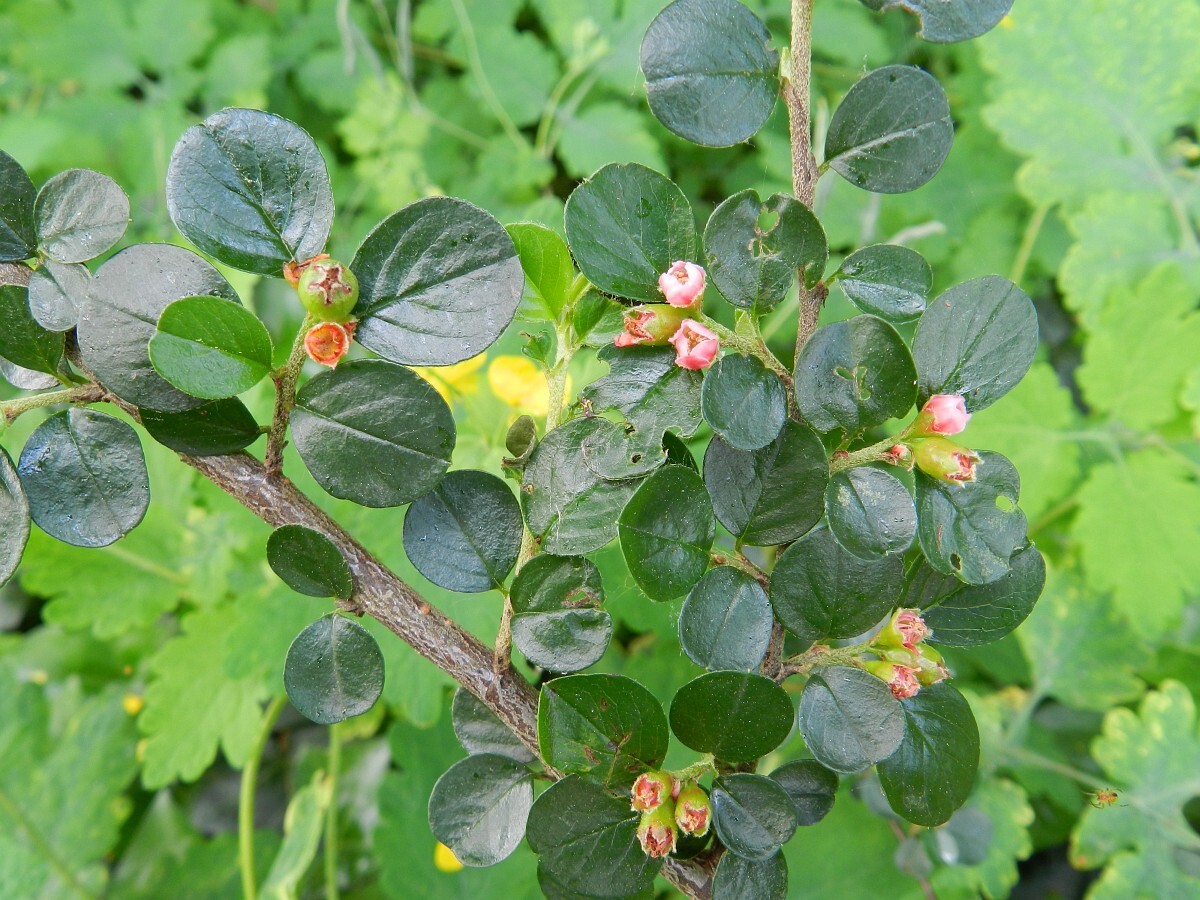Get started identifying the naturalised cotoneasters likely to be recorded in Northumberland and several others that may occur here soon.
Over the past year, I’ve been down a rabbit hole with cotoneasters. With around 80 species now recorded in a wild and naturalised state across the UK, these alien shrubs are quickly becoming a familiar part of our flora. This is especially true in urban areas where with a little help from our feathered friends, they can turn up just about anywhere.
The problem with cotoneasters is that many species look awfully alike and while there are several more abundant and easily recognisable species, identifying them is still somewhat of a pain. Adding to this, accessible information to aid in identifying cotoneasters is rather scattered. Cotoneasters: A Comprehensive Guide to Shrubs for Flowers, Fruit, and Foliage by Fryer and Hylmo (2009) is by far the best resource available but I find, is much more suitable for checking specimens at home than in the field. Likewise with Stace! Websites such as The Flora of East Anglia and Alien Plants of Belgium are useful too but cover only small groups of species, albeit with lots of useful insight.




To help with identifying cotoneasters in the field, recently I set about creating a resource that was a little more portable. Having stumbled across this fabulous crib for cotoneasters in Hampshire by John Norton and Phil Pullen (2016), whose basic format I have unashamedly borrowed here, I have since created an account for all the cotoneaster species currently known in Northumberland, and further species known from elsewhere in the UK which may turn up soon.
The accounts here are summarised from Fryer and Hylmo (2009) with some additions from other resources. In many cases, features have been checked against plants in the wild or those currently growing in our yard here in Newcastle. Rather than stick to known sections and series within the genus, I have also tried to group species by shared features noticeable in the field e.g. bullate leaves or tomentose undersides. Whether this is helpful remains to be seen.
Version one of the resource can be downloaded below but remember, this is a work in progress and I am no expert. Still, I hope a few botanists out there may find it useful.
